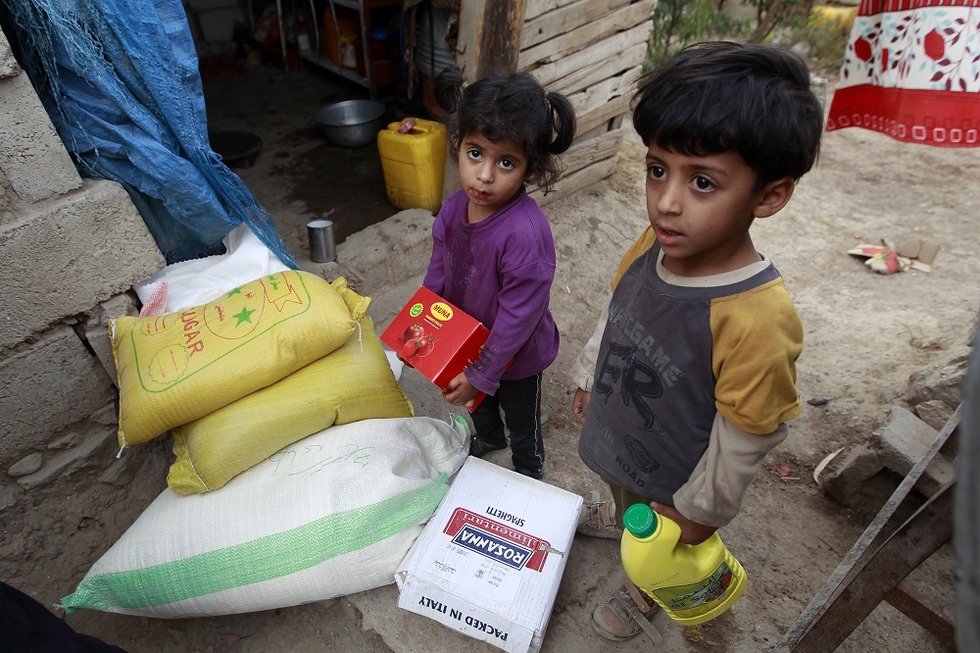The researchers of the International Food Policy Research Institute published a report on Thursday that revealed that India’s Flagship Programme which was organized to eradicate undernutrition was reported to have excluded women with low education and poorest households from availing the benefits of the program.
It has been noticed the Indian Nutrition Program, has been reported to have expanded significantly from 2006 to 2016 especially for the disadvantaged people from different castes and tribes.
Looking at the impact the program had on states, still the high malnutrition states are yet to improve.
The report revealed that both disadvantaged castes and pregnant women with low education were excluded from ICDS benefits.
The ICDS benefits include food, pre-school education, and primary healthcare to children under six and pregnant women.
The major highlights of the efforts made by the ICDS, India’s Flagship Program, includes India’s new nutrition mission, the POSHAN Abhiyaan. With various measures taken by the program, not all groups have benefited by this program equally.
“Even though overall utilization has improved and reached many marginalized groups such as historically disadvantaged castes and tribes, the poor are still left behind, with lower utilization and lower expansion throughout the continuum of care,” said Kalyani Raghunathan, IFPRI Research Fellow.
“These gaps are especially pronounced in the largest states of Uttar Pradesh and Bihar, which also carry the highest burden of undernutrition,” said Raghunathan.
“While both states have shown improvements in 2016, they still fall behind national averages, suggesting that overall poor performance in high poverty states could lead to major exclusions,” he said.
“Even in better performing states exclusion of poor could be due to challenges of reaching remote areas, despite attempts to close district-wise equity gaps or local challenges of exclusion within villages due to caste- or location-based exclusion,” said Raghunathan.
Comparing the data of the National Family Health Survey from 2005-06 to 2015-16, it was observed that the utilization of ICDS was increased. The increments were:
- supplementary food (9.6 to 37.9 percent)
- health and nutrition education (3.2 to 21 percent)
- health check-up (4.5 to 28 percent)
- child-specific services (10.4 to 22 percent).
Also, the monthly supplementary food for children was also reported to have increased gradually by 8%.
The greatest success of ICDS services was observed by the food supplementation during childhood, which was observed to be more than 50% in states like Jharkhand, Madhya Pradesh, Uttaranchal, Tamil Nadu, and Andhra Pradesh.
“Despite the positive findings of our analysis on coverage and on the closing of some equity gaps, a lot more insight is needed to further strengthen program quality,” said study co-author Purnima Menon.

